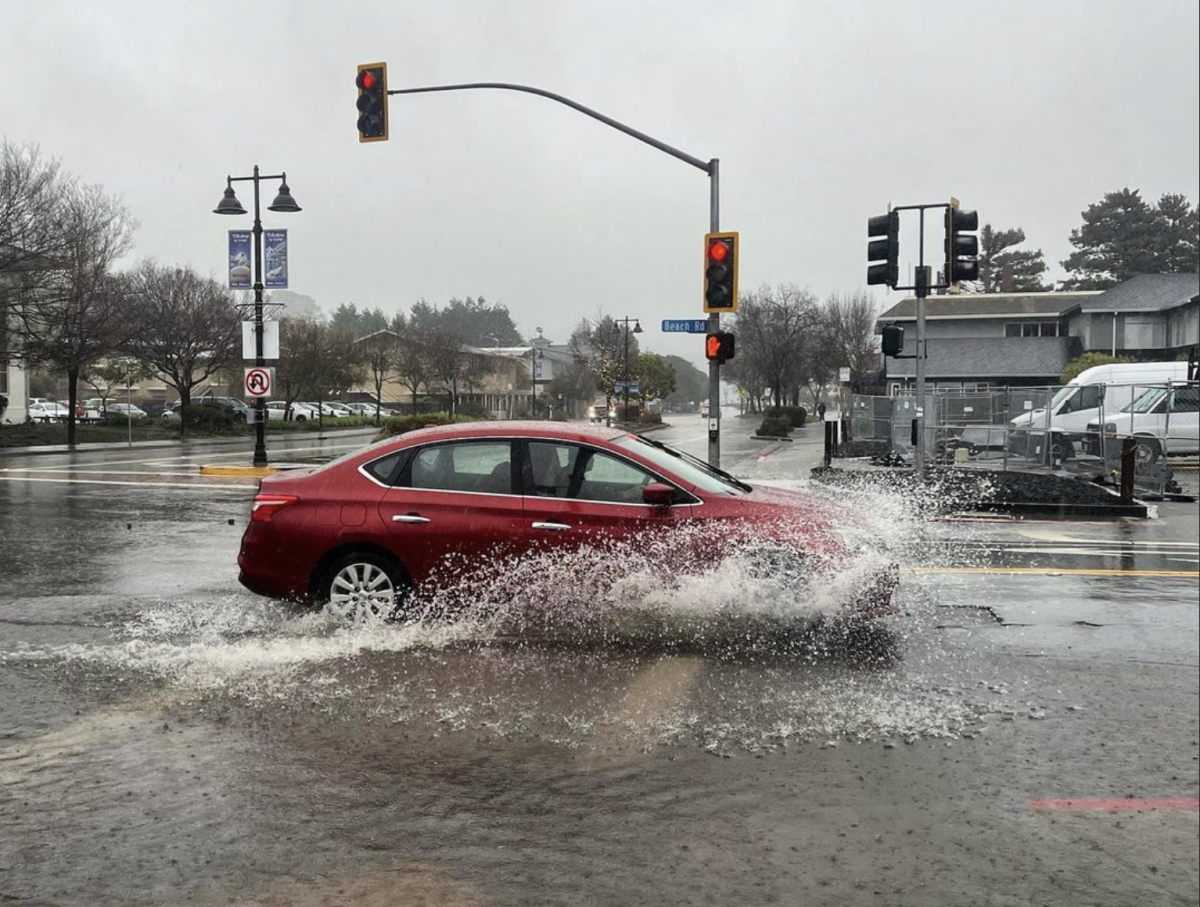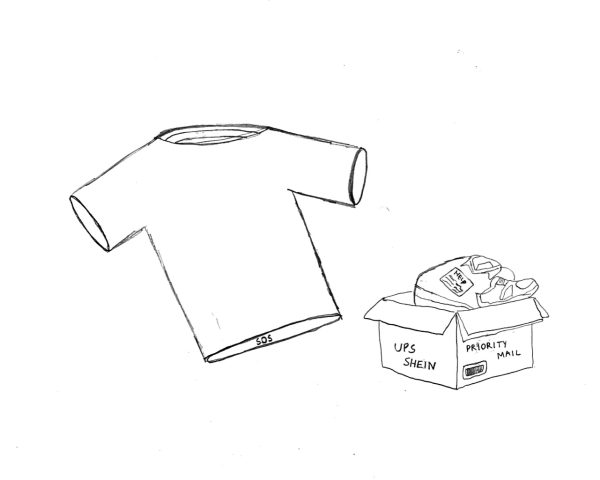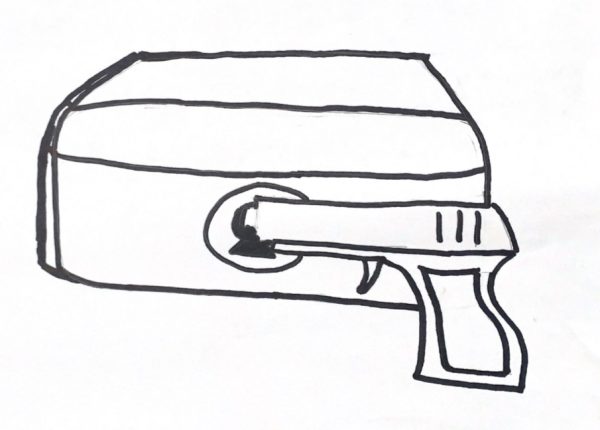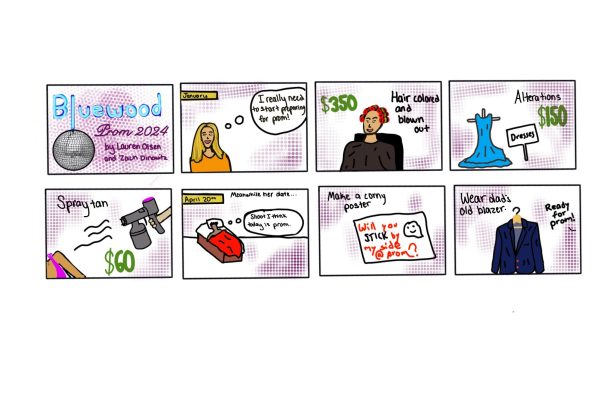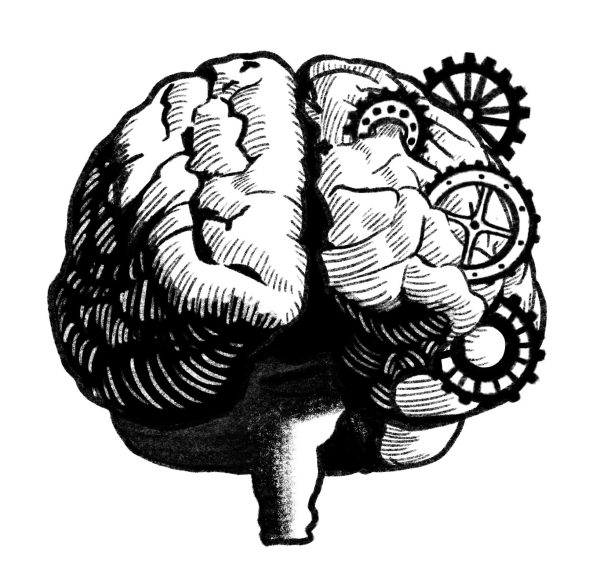Point, Counter-Point: Gun Ban
June 10, 2019
According to Every Town Research, a gun safety organization, 100 people die at the hands of gun violence every day in the United States. The same study also revealed that having access to a gun doubles a person’s chance of homicide, triples their risk of death by suicide and, in domestic violence situations, increases the likelihood of a woman being killed by five times. According to Science Daily, a statistics-based news organization, 99.85 percent of Americans know someone personally who has been injured by gun violence and 84.3 percent know someone who has died by gunfire in their lifetimes. Whether it’s mass shootings at schools or less-publicized assaults throughout the country, gun violence is an American epidemic that needs to be combated with a complete ban on guns along with a buy-back program.
Although many acknowledge the tragedy of recent shootings such as Parkland, a large portion of Americans still believe that the second amendment and their right to bear arms is reason enough to prevent government intervention in gun sales. Although the Constitution is a fundamental part of maintaining the republic that our founding fathers sought to achieve, it is also a 200-year-old document that fails to progress with changing times. For example, in the original Constitution, the 13th Amendment implicitly permitted slavery through the three-fifths compromise, which made slaves worth three-fifths of a person when determining the number of state representatives. In today’s climate, this provision is not only sickening, but inapplicable. Just as the three-fifths compromise is outdated, the Second Amendment reflects the violence and fear of tyranny during the revolutionary war. Given that our country is now experiencing school shootings as the equivalent modern threat, the second amendment in today’s context doesn’t achieve the original intent of protection against tyranny. A right that was created 200 years ago is not a good enough justification for the 40,000 American deaths by gun and a good reason to continue inaction.
Although many gun-owners argue that their right to bear arms stems from the second amendment, self-defense is also a common motivation for Americans to own firearms. Many believe that a firearm is necessary to keep themselves and their family safe from criminals or other threats; however, not only are guns in American homes more likely to be used to kill or injure an innocent person in the home than a threatening intruder, but, having a gun at home actually increases a person’s risk of homicide by 90 percent, according to a study by the American Journal of Epidemiology. Though there are gun owners such as Jane Assam, a woman who used her gun to stop a gunman from firing at a mass of people leaving a Colorado church, these heroic cases are exceptions to the rule. Nonetheless, the majority of shots fired by guns in the home aren’t used for self-defense and are actually increasing the chance of death, therefore preventing the principle of self-defense from being a reasonable justification for guns and gun ownership
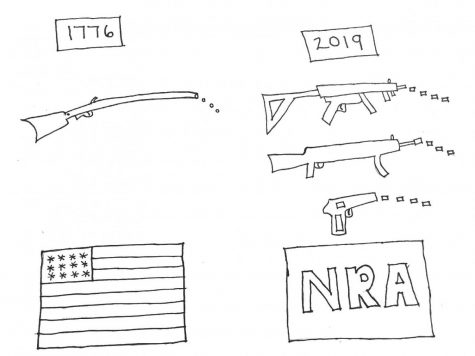
According to Every Town Research, a gun safety organization, 100 people die at the hands of gun violence every day in the United States. The same study also revealed that having access to a gun doubles a person’s chance of homicide, triples their risk of death by suicide and, in domestic violence situations, increases the likelihood of a woman being killed by five times. According to Science Daily, a statistics-based news organization, 99.85 percent of Americans know someone personally who has been injured by gun violence and 84.3 percent know someone who has died by gunfire in their lifetimes. Whether it’s mass shootings at schools or less-publicized assaults throughout the country, gun violence is an American epidemic that needs to be combated with a complete ban on guns along with a buy-back program.
Although many acknowledge the tragedy of recent shootings such as Parkland, a large portion of Americans still believe that the second amendment and their right to bear arms is reason enough to prevent government intervention in gun sales. Although the Constitution is a fundamental part of maintaining the republic that our founding fathers sought to achieve, it is also a 200-year-old document that fails to progress with changing times. For example, in the original Constitution, the 13th Amendment implicitly permitted slavery through the three-fifths compromise, which made slaves worth three-fifths of a person when determining the number of state representatives. In today’s climate, this provision is not only sickening, but inapplicable. Just as the three-fifths compromise is outdated, the Second Amendment reflects the violence and fear of tyranny during the revolutionary war. Given that our country is now experiencing school shootings as the equivalent modern threat, the second amendment in today’s context doesn’t achieve the original intent of protection against tyranny. A right that was created 200 years ago is not a good enough justification for the 40,000 American deaths by gun and a good reason to continue inaction.
Although many gun-owners argue that their right to bear arms stems from the second amendment, self-defense is also a common motivation for Americans to own firearms. Many believe that a firearm is necessary to keep themselves and their family safe from criminals or other threats; however, not only are guns in American homes more likely to be used to kill or injure an innocent person in the home than a threatening intruder, but, having a gun at home actually increases a person’s risk of homicide by 90 percent, according to a study by the American Journal of Epidemiology. Though there are gun owners such as Jane Assam, a woman who used her gun to stop a gunman from firing at a mass of people leaving a Colorado church, these heroic cases are exceptions to the rule. Nonetheless, the majority of shots fired by guns in the home aren’t used for self-defense and are actually increasing the chance of death, therefore preventing the principle of self-defense from being a reasonable justification for guns and gun ownership.
Even many citizens who recognize the destructive impact of guns question the effectiveness of a gun ban because of the government’s inability to completely regulate all illegal markets. However, should heroin be legalized simply because a small portion of people are able to buy it through illegal pathways? No—as a whole, the law prohibiting heroin benefits society just as a gun ban would.
After suffering a mass shooting in 1996, Australia quickly banned rapid fire guns and implemented a buy-back program. Nine years after the ban was signed into the legislature, the rate of firearm suicides dropped from 2.2 to .8 per 100,000 people and firearm homicides dropped from 0.37 to .15 per 100,000 people. Since that ban nearly 23 years ago, Australia has only experienced one mass shooting. In comparison, the United States has experienced 1,001 mass shootings in the past six years, according to the Washington Post, and America’s rate of homicide by firearm surpasses Australia’s even when the disparity in population size is taken into account. According to NPR, there are 4.43 deaths by gun violence per 100,000 people in America every year. This rate is more than five times that of Australia’s, demonstrating both the effectiveness of a gun ban as well as the desperate need to address gun violence.
Though a buy-back program on a national level would be linguistically different, at a state-to-state level the program could be implemented similarly to Australia. This implementation on a smaller scale in combination with a redirection of a portion of national military funding would allow state governments to buy back all assault weapons. There should also be stations where citizens can drop off other non-assault weapons. This program can then be further enforced by law enforcement treating gun possession similar to that of drugs, and in turn, decrease gun ownership and public carrying of guns throughout America.
Ninety-four percent of Americans believe there should be background checks for all gun purchases. Although, even this progressive step wouldn’t guarantee protection for the 40,000 Americans who die from gun violence every year, as there remain too many loopholes in background checks, according to the New York Times. Background checks seek to prevent citizens with a criminal history or mental illness from obtaining guns; nonetheless, a person’s history does not guarantee their future. Mental illness is too unpredictable for a background check process that on average only takes a couple minutes, according to the Wall Street Journal. According to the Chicago Tribune, Nikolas Cruz, the Parkland shooter, passed a background check before buying the AR-15 style gun that he used in the mass shooting. Mental illness and other factors that lead to tragedies such as Parkland are uncontrollable, although guns are one factor that we can take control of and in turn help prevent future tragedies. In addition to this loophole, background checks also fail to examine the friends and family of the buyer. This reality, in combination with the fact that, 55 percent of American gun owners don’t lock up their guns correctly, has resulted in of mentally ill people, such as Adam Lanza, the Sandy Hook shooter, having access to their family member’s legal firearms, according to NPR. This flaw in the system renders its purpose useless in many cases and leaves both innocent citizens such as those at Sandy Hook as well as people with mental illnesses at great risk.
The consequences of guns are too great to continue to rely on gun owner’s being careful when over half aren’t. A full ban of guns implemented with a buy-back program is the best chance to prevent tragedies such as Sandy Hook and Parkland, as well as the murders and suicides that take place every day as a result of firearms.
Many Americans feel guns are an important part of the United State’s identity; however, as a country, how long are we willing to mourn over newscasts of yet another shooting before action is taken?
Even many citizens who recognize the destructive impact of guns question the effectiveness of a gun ban because of the government’s inability to completely regulate all illegal markets. However, should heroin be legalized simply because a small portion of people are able to buy it through illegal pathways? No—as a whole, the law prohibiting heroin benefits society just as a gun ban would.
After suffering a mass shooting in 1996, Australia quickly banned rapid fire guns and implemented a buy-back program. Nine years after the ban was signed into the legislature, the rate of firearm suicides dropped from 2.2 to .8 per 100,000 people and firearm homicides dropped from 0.37 to .15 per 100,000 people. Since that ban nearly 23 years ago, Australia has only experienced one mass shooting. In comparison, the United States has experienced 1,001 mass shootings in the past six years, according to the Washington Post, and America’s rate of homicide by firearm surpasses Australia’s even when the disparity in population size is taken into account. According to NPR, there are 4.43 deaths by gun violence per 100,000 people in America every year. This rate is more than five times that of Australia’s, demonstrating both the effectiveness of a gun ban as well as the desperate need to address gun violence.
Though a buy-back program on a national level would be linguistically different, at a state-to-state level the program could be implemented similarly to Australia. This implementation on a smaller scale in combination with a redirection of a portion of national military funding would allow state governments to buy back all assault weapons. There should also be stations where citizens can drop off other non-assault weapons. This program can then be further enforced by law enforcement treating gun possession similar to that of drugs, and in turn, decrease gun ownership and public carrying of guns throughout America.
Ninety-four percent of Americans believe there should be background checks for all gun purchases. Although, even this progressive step wouldn’t guarantee protection for the 40,000 Americans who die from gun violence every year, as there remain too many loopholes in background checks, according to the New York Times. Background checks seek to prevent citizens with a criminal history or mental illness from obtaining guns; nonetheless, a person’s history does not guarantee their future. Mental illness is too unpredictable for a background check process that on average only takes a couple minutes, according to the Wall Street Journal. According to the Chicago Tribune, Nikolas Cruz, the Parkland shooter, passed a background check before buying the AR-15 style gun that he used in the mass shooting. Mental illness and other factors that lead to tragedies such as Parkland are uncontrollable, although guns are one factor that we can take control of and in turn help prevent future tragedies. In addition to this loophole, background checks also fail to examine the friends and family of the buyer. This reality, in combination with the fact that, 55 percent of American gun owners don’t lock up their guns correctly, has resulted in of mentally ill people, such as Adam Lanza, the Sandy Hook shooter, having access to their family member’s legal firearms, according to NPR. This flaw in the system renders its purpose useless in many cases and leaves both innocent citizens such as those at Sandy Hook as well as people with mental illnesses at great risk.
The consequences of guns are too great to continue to rely on gun owner’s being careful when over half aren’t. A full ban of guns implemented with a buy-back program is the best chance to prevent tragedies such as Sandy Hook and Parkland, as well as the murders and suicides that take place every day as a result of firearms.
Many Americans feel guns are an important part of the United State’s identity; however, as a country, how long are we willing to mourn over newscasts of yet another shooting before action is taken?




